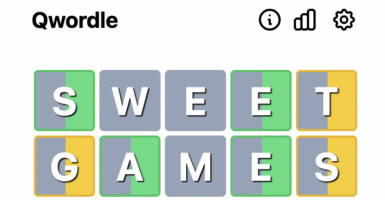1969 Hits that you might have forgotten about
If a modern person were to guess the most commercially successful songs of 1969, they’d be likely to assume that “Sweet Caroline” by Neil Diamond would be near the top and The Beatles, The Rolling Stones, and Creedence Clearwater Revival would round out most of the rest.
However, the songs people remember the fondest from a given year weren’t always the most popular at the time. So while this guess would be partially right, it wouldn’t be as accurate as it may seem today. Some of 1969’s biggest songs are outright obscure now but it’s easy to underestimate how big some of the ones we do remember truly became.
The Archies – “Sugar, Sugar”

Throughout the ’60s and early ’70s, it wasn’t uncommon for record producers to throw a bunch of session musicians together, make up a band name, and have them record a few ephemeral pop songs. While the results varied in enjoyability, this “bubblegum” pop nonetheless became a deeply lucrative enterprise.
So much so that according to the Billboard Year-End Hot 100 chart for 1969, the biggest song of the year all but referenced its bubblegum nature in its familiar, “Sugar, oh honey honey” refrain. And since there was no permanent band behind the song, the decision to have Archie Andrews’s band from the popular comic books listed as the artists proved a stroke of marketing genius.
The Guess Who – “These Eyes”
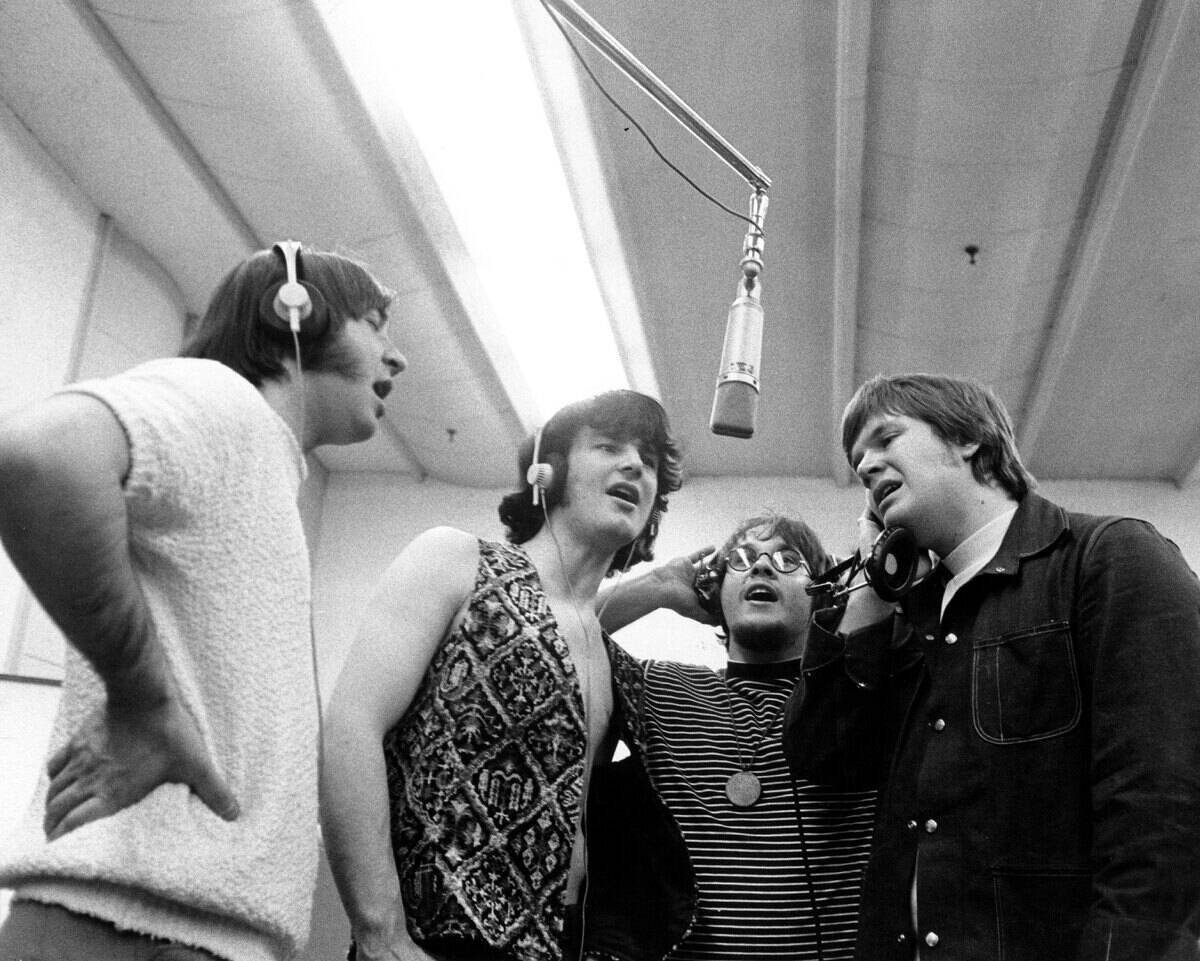
The Guess Who was a massive success in their native Canada beginning in the mid-’60s, and by the later years of the decade, started finding U.S. and international success as well.
Their haunting single “These Eyes” was released in late 1968 in Canada and early 1969 stateside, and would be certified gold for sales of over one million copies.
The 5th Dimension – “Aquarius/Let the Sunshine In”
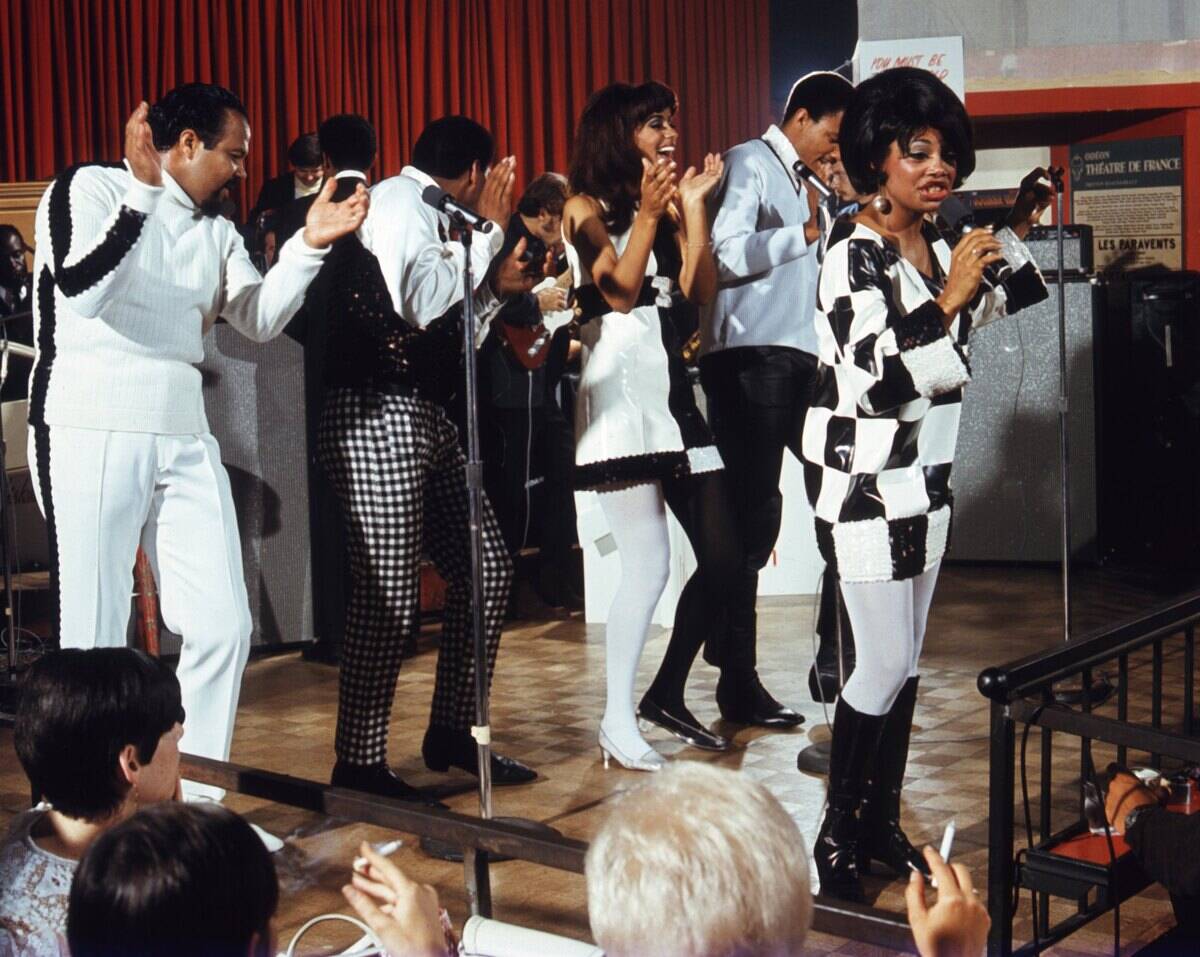
Since it was both an authentic expression of the prevailing hippie ethos and blessed with a bevy of timeless songs, it’s no surprise that the 1967 musical Hair would be so popular before the decade was out. Unlike today, however, it was much more unusual for original cast recordings of Broadway productions to chart on the Billboard Hot 100.
Instead, the R&B group The 5th Dimension was able to secure a hit that remained at number one for six weeks and amounted to the second-biggest song of 1969 by turning the show’s opening and closing songs into a medley.
Elvis Presley – “In the Ghetto”

By 1969, it was safe to say that Elvis Presley was seen as something of a relic – after all, his popularity had seemingly reached its crescendo in the 1950s, and he’d spent much of the ’60s focusing on his movie career.
Despite the fact that the music scene had changed considerably since Elvis was on top, he launched a successful comeback in 1969 with several hits, including “Suspicious Minds” and “In the Ghetto.” In the coming years, he’d experience a career renaissance.
The Temptations – “I Can’t Get Next To You”
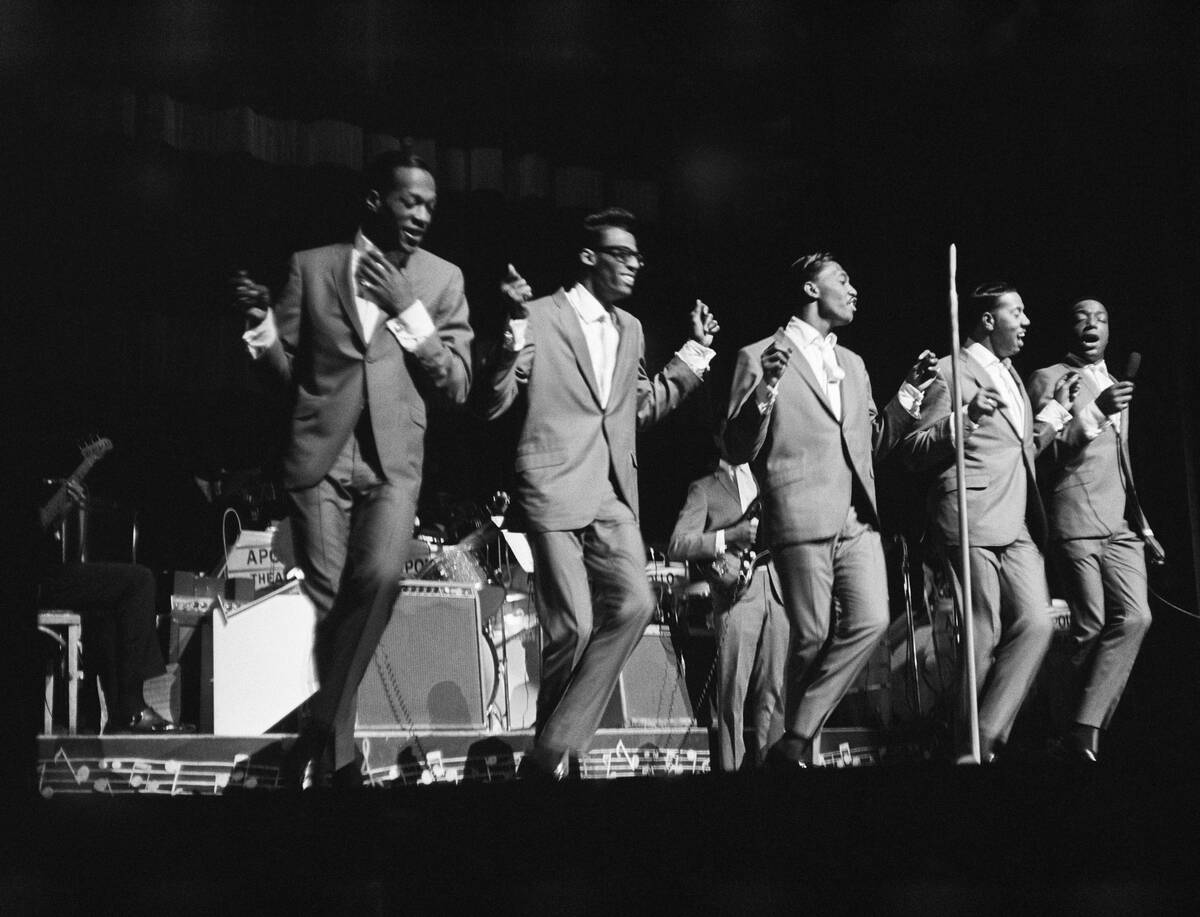
Motown’s headquarters in Detroit was known as “Hitsville U.S.A.” and they came by that name honestly, as the soul record label was a responsible for an impressive array of chart-topping hits throughout the 1960s and ’70s. Yet, while Stevie Wonder, Marvin Gaye, and Diana Ross were all massive hitmakers for Motown, one of the label’s signees proved just as formidable in raw talent and just as popular.
They were The Temptations and the soulful vocal group was credited for achieving four number-one hits during their time together, with the second being the unrequited love ballad, “I Can’t Get Next To You.” The song stayed at number one for five weeks in 1969.
The Isley Brothers – “It’s Your Thing”
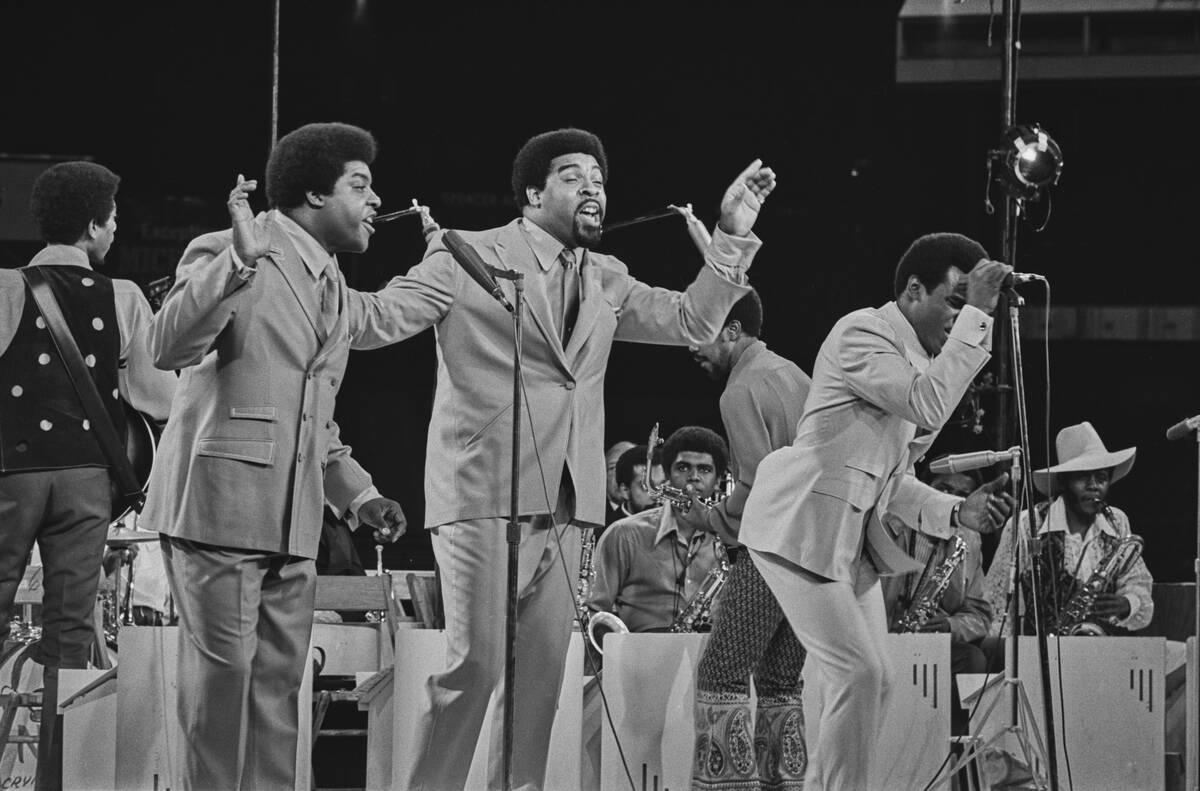
The late ’60s music world was a crowded, eclectic scene, one that still had room for soulful hits amidst the psychedelic rock that was beginning to take over the spotlight. One such example is “It’s Your Thing” by the Isley Brothers, which was later ranked number 420 on Rolling Stone‘s 500 Greatest Songs of All Time.
Intriguingly, the song contained a pointed message aimed at Motown boss Berry Gordy, whose treatment of the group had left them feeling bitter.
The Rolling Stones – “Honky Tonk Woman”
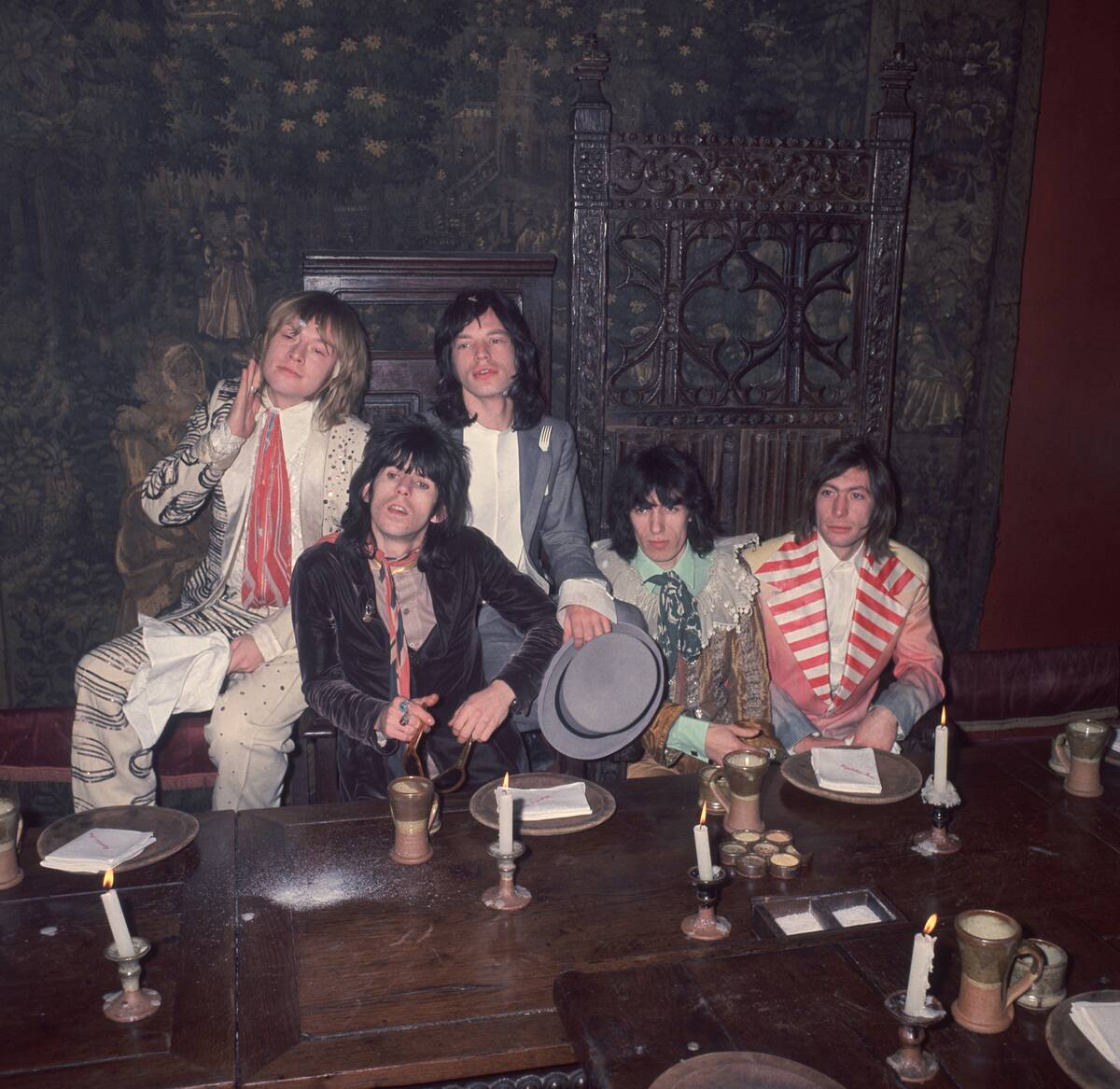
By the time they released the crowd-pleasing bar band favorite “Honky Tonk Woman” in 1969, the Rolling Stones were no stranger to number one hits. By 1969, they had already notched four of them and would achieve three more once this song’s chart dominance ended and the ’70s rolled around.
With its simple but dirty and ear-catching guitar riff and its exuberant chorus, “Honky Tonk Woman” had a similar appeal as their first number-one hit “Satisfaction,” but without the frustration at the heart of the 1965 hit. “Honky Tonk Woman” would top the charts in both the United States and the United Kingdom.
Blood, Sweat & Tears – “Spinning Wheel”
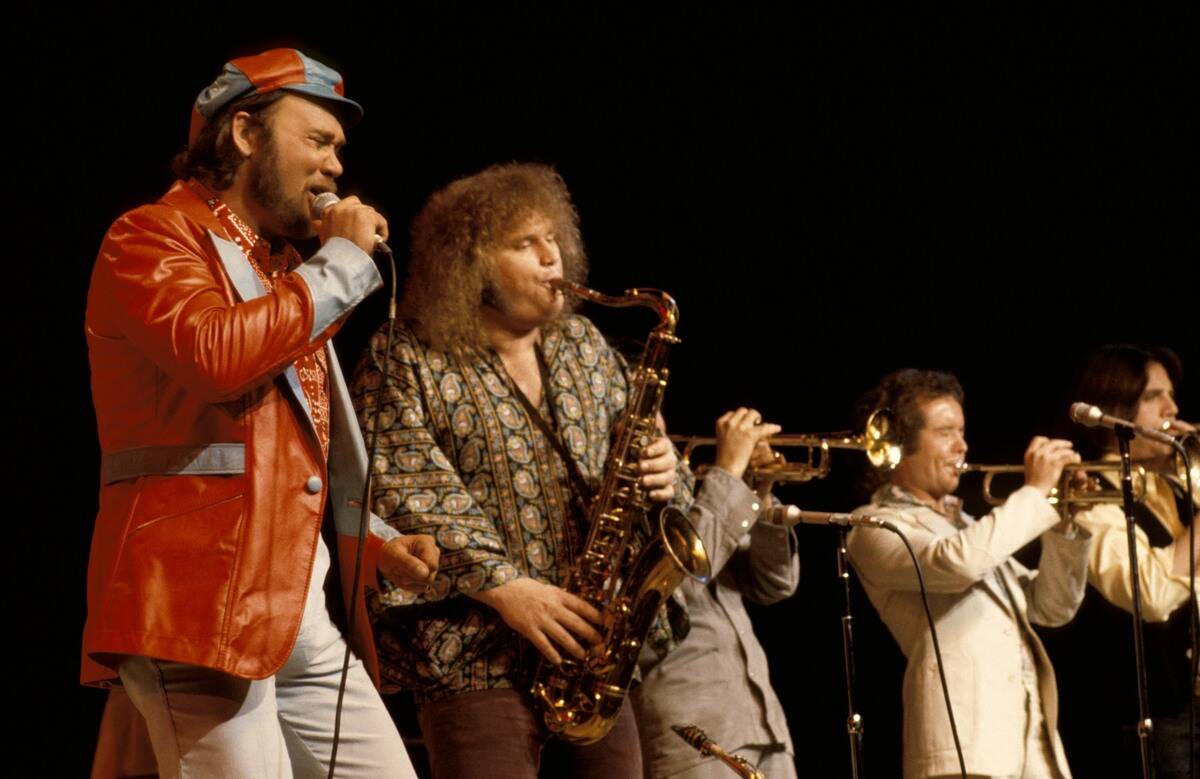
The jazzy, bluesy rock band Blood, Sweat & Tears is often forgotten amidst the crowded musical landscape of the late ’60s, but their influence shouldn’t be overlooked.
The band first entered the mainstream consciousness in late 1968 with the release of their self-titled second album, which contained the song “Spinning Wheel” as its lead single. While it didn’t reach number one on the Billboard Hot 100 chart in 1969 – peaking at number two – it was still a significant hit.
Sly And The Family Stone – “Everyday People”
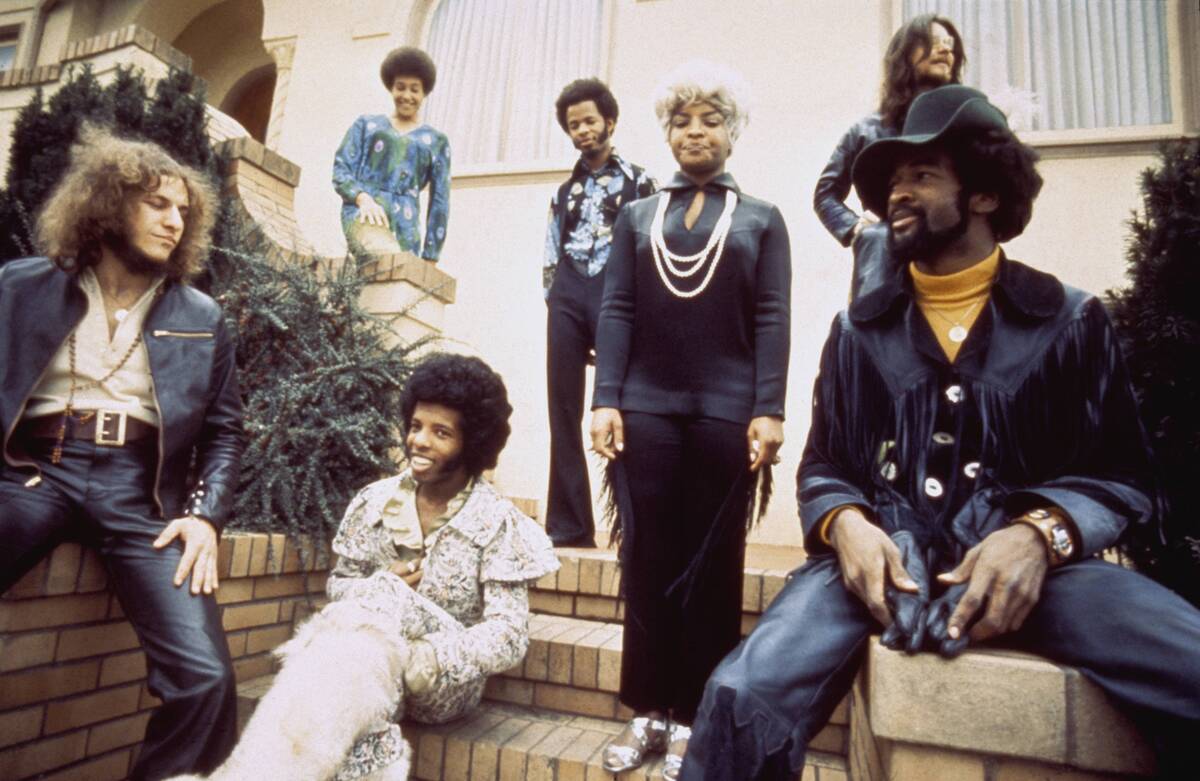
Sly & The Family Stone were an eclectic band that not only mixed R&B, funk, and psychedelic rock to make their vibrant often joyful sound (though the masterful 1971 album There’s a Riot Goin’ On proved they were as as brilliant when they weren’t particularly joyful), but featured a racially integrated, mixed-gender roster at a time when either of these qualities were far less common.
All of these elements that brought them together shined through on the upbeat, unifying jam “Everyday People,” a song that showed its influence with multiple interpolations and homages in the decades to come. It was the band’s first single to top Billboard’s soul singles chart and the Hot 100 at the same time, and “Everyday People” stayed at number one on the latter chart for four weeks.
The Byrds – “Ballad of Easy Rider”
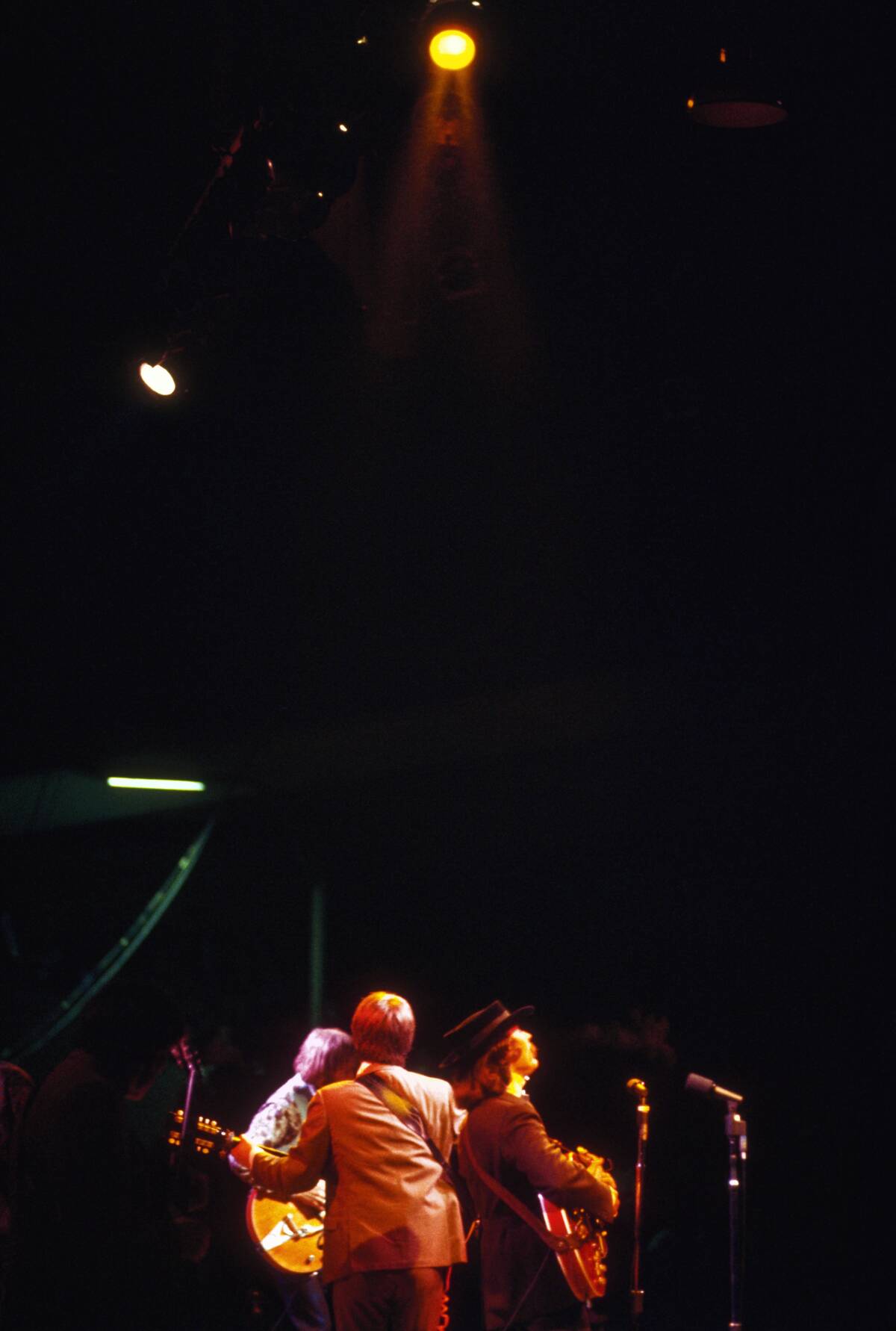
There are numerous examples of collaborations between the Byrds and Bob Dylan, and 1969’s “Ballad of Easy Rider” is one such example – even if the connection is somewhat unofficial.
While the Byrds performed the song, and frontman Roger McGuinn wrote it, Dylan provided input during the song’s creation – even if he didn’t ultimately receive any co-writing credit.
Tommy Roe – “Dizzy”

No matter what decade it is, there’s always at least a little room in the public’s hearts for a breezy love song but there was a lot of room in the late ’60s. Naturally, this meant that the challenging part was to stand out from the rest.
In 1969, the Atlanta rock artist Tommy Roe found his own way: A catchy song that emphasizes how his love for someone is so dizzying that it makes his head spin. Sure enough, “Dizzy” would stay at number one for four weeks in the United States while also topping the charts in the U.K. and Canada.
Glen Campbell – “Galveston”

In the late ’60s, the world of country and western music was almost entirely removed from mainstream pop and rock, but country artists would occasionally find crossover success.
“Galveston” – written by Jimmy Webb but performed by Glen Campbell – was a massive country hit, and even got near the top of the Billboard Hot 100 chart, peaking at number four.
Sly And The Family Stone – “Hot Fun In The Summertime”
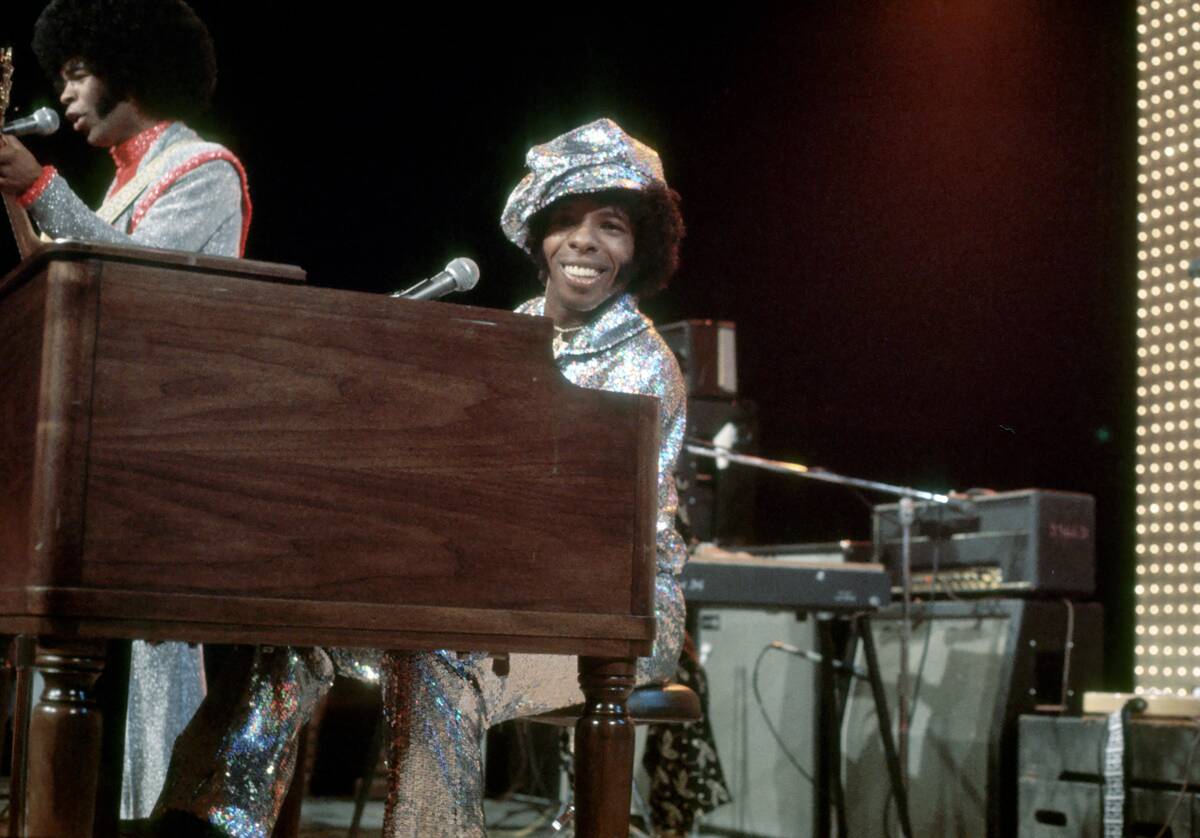
Although it didn’t see them emerge with twin number-one singles, it was still clear that 1969 was a massive year for Sly And The Family Stone, as the bright, soulfully sung, and buoyant feel-good hit “Hot Fun In The Summertime” performed almost as well as “Everyday People.”
For all its momentum, however, the song couldn’t quite make it to number one because “I Can’t Get Next To You” by The Temptations had a tendency to stand in its way. That said, it did peak at number two during its 16-week run on the Billboard Hot 100.
Oliver – “Good Morning Starshine”
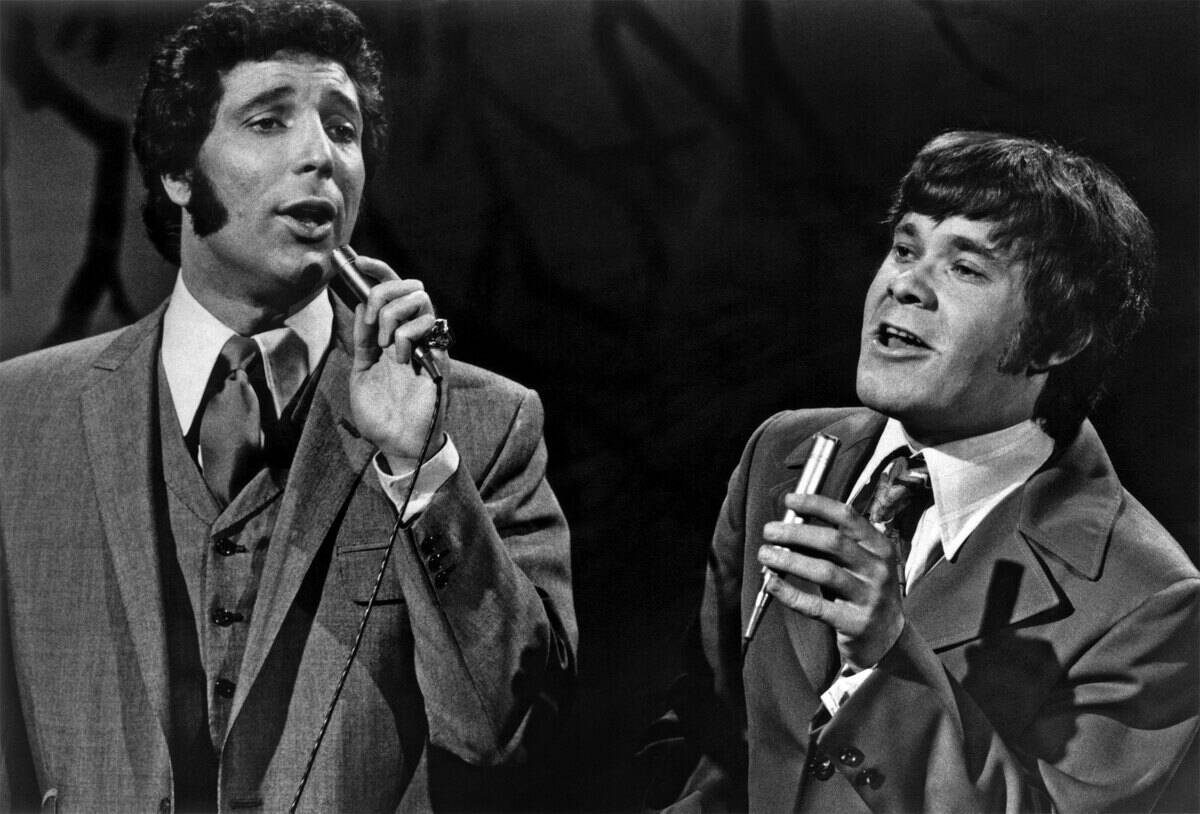
The musical Hair was a massive cultural phenomenon in 1969, which helps to explain the popularity of “Good Morning Starshine,” performed by Oliver. Outside of the trippy context of the musical, the song comes off as truly bizarre.
From its nonsense “glibby gloop gloopy” chorus to its far-out lyrics, it’s a song that isn’t often revisited today.
Tom Jones – “I’ll Never Fall In Love Again”
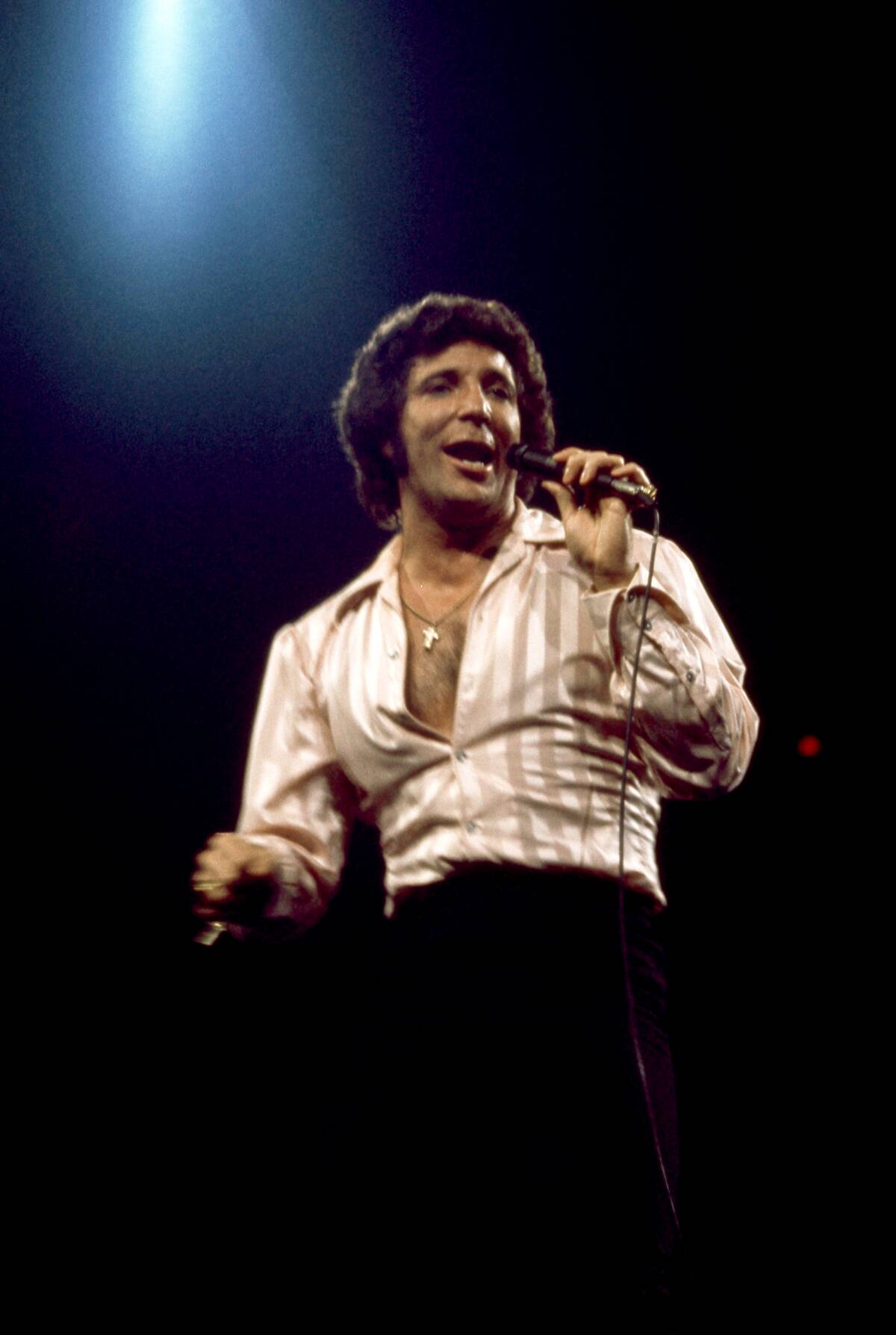
Before versatile Welsh singer Tom Jones tried his hand at it, Lonnie “King of Skiffle” Donegan first released “I’ll Never Fall In Love Again” as a single in 1962. Although it’s unclear how well his version performed, what is clear is that Jones’s version became vastly more successful after it was released in 1967.
However, that success was originally much more localized, as it reached number two in the U.K. but didn’t make the Top 40 in the United States. Improbably, however, that changed in 1969 when the song was re-issued as a follow-up to his song “Love Me Tonight.” Although it hit number six on the Billboard Hot 100, it reached number one on the adult contemporary chart.
The Foundations – “Build Me Up Buttercup”

Although they sounded as soulful as an American R&B group, The Foundations were based in the U.K. and featured members of Indian and Sri Lankan lineage. They only lasted between 1967 and 1970 but that still proved enough time to release a hit that has lasted forever.
The passionately frustrated love song, “Build Me Up Buttercup” didn’t quite make it to number one in either the U.K. or the U.S. but made it to number three of the Billboard Hot 100 and to number two on the U.K. charts. However, it did hit number one on Billboard’s now defunct Cash Box chart, which made it the most popular single in America in terms of raw retail sales.
The Box Tops – “Soul Deep”
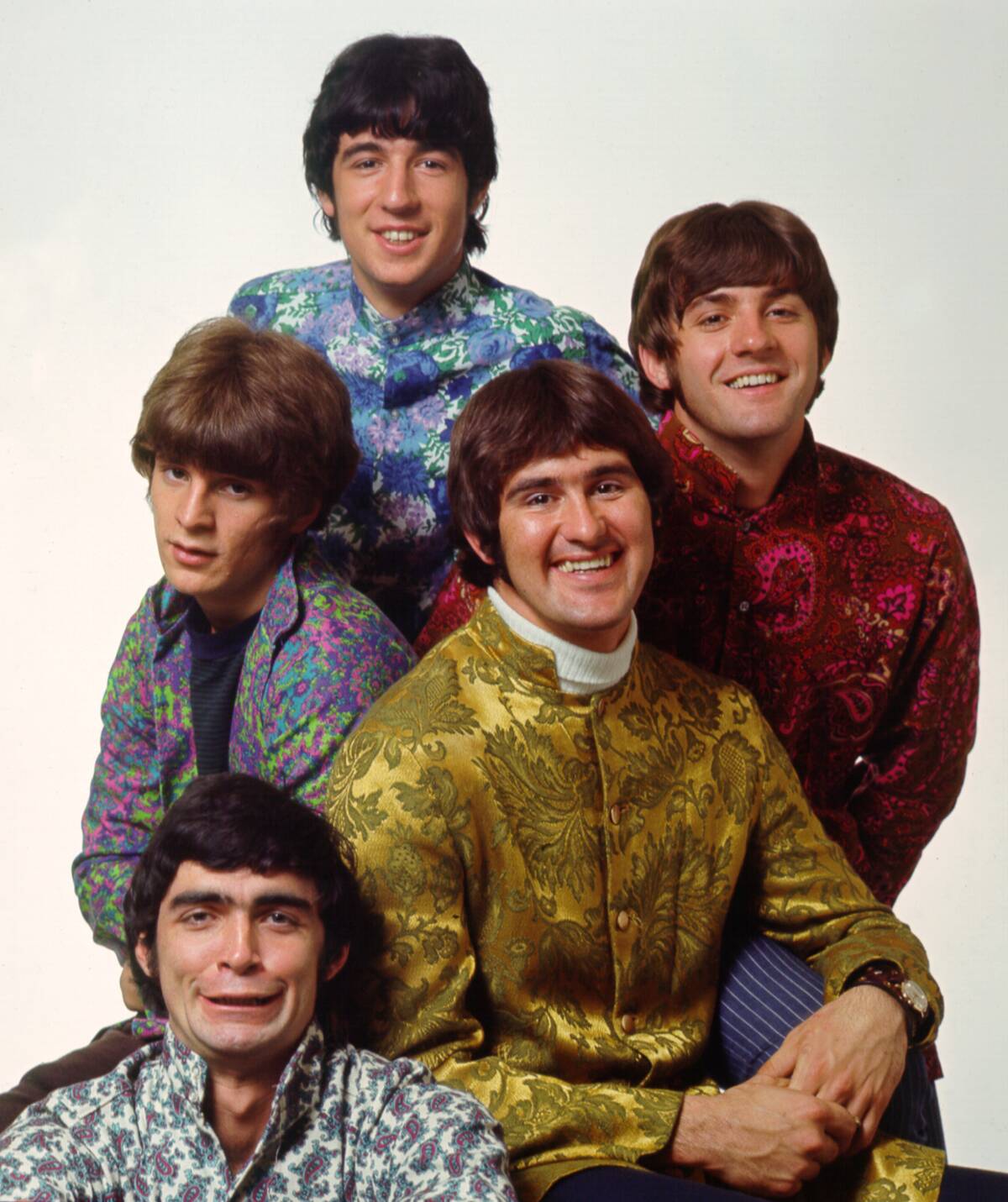
“Soul Deep” was first recorded in 1966 by Robbie Lane and the Disciples, but it wasn’t until 1969 that it truly became a hit – this time, owing to a new version recorded by the Box Tops.
The soulful song achieved most of its success in international markets, reaching the Top 10 in Australia, Canada, and South Africa.
Tommy James and the Shondells – “Crimson And Clover”
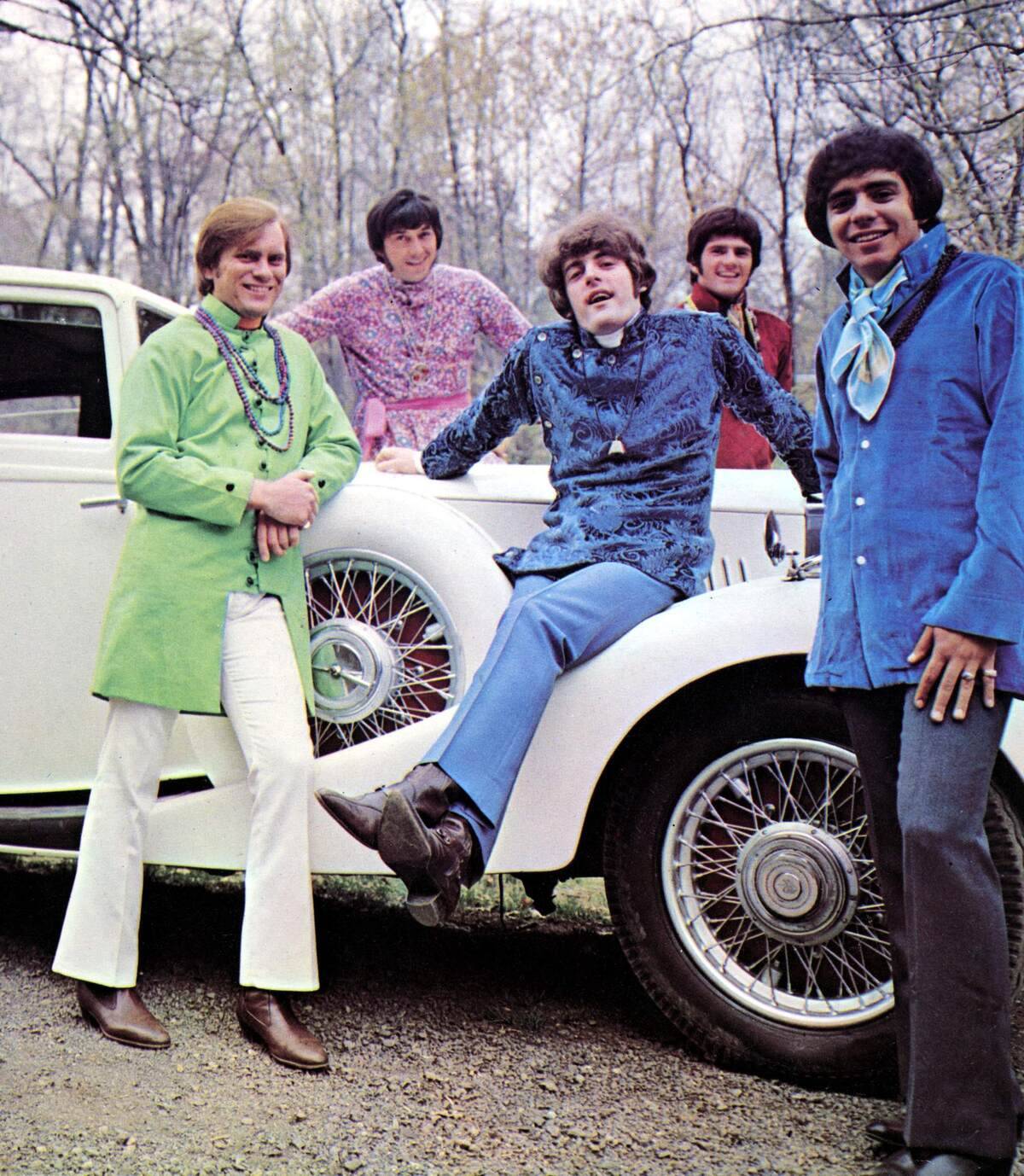
Although Tommy James and the Shondells were an eclectic band that could rock pretty hard when they wanted to, “Crimson and Clover” is a timeless hit for the serene, intimate atmosphere the band creates in between its ambitious rocking interludes.
It was famously covered by Joan Jett, Cher, and Prince, but nothing quite matches the harmonic power and the warm sounding production of the original. Since it topped both the Billboard Hot 100 and the Cash Box charts in 1969, it seems the American record-buying public recognized its greatness as well. Not in the U.K., however, where it strangely didn’t chart at all.
Three Dog Night – “One”
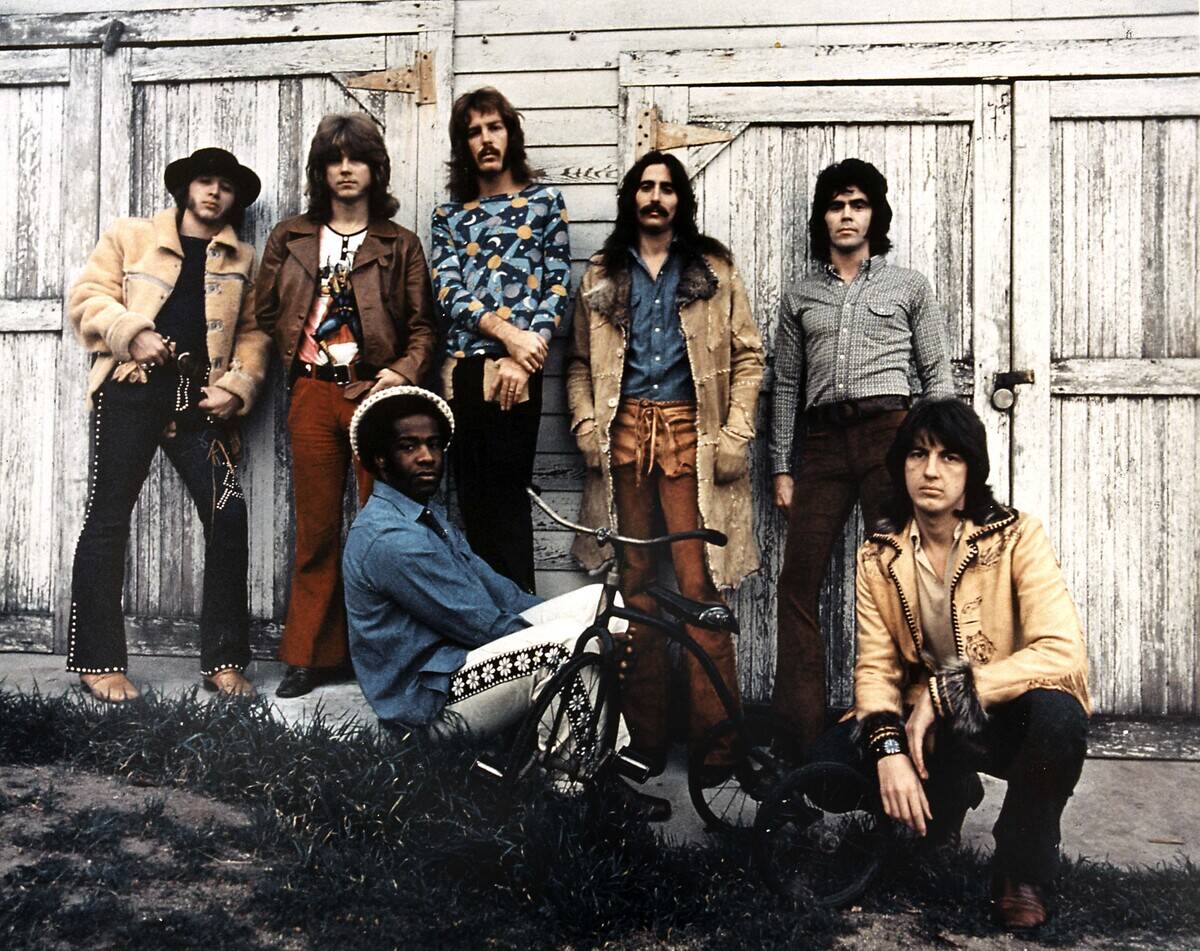
Three Dog Night rocketed to prominence incredibly quickly, having recently made their debut under that game at the famous Whisky a Go Go club in Los Angeles before their first album was released. The hits would come just as quickly, as their self-titled debut record launched three hit singles, with two ending up in the top ten.
Although “Easy To Be Hard” technically charted higher, the fact that their loneliness anthem “One” also hit number two on Billboard’s Cash Box chart likely contributed to its consideration as one of the biggest hits of 1969.
The Hollies – “He Ain’t Heavy, He’s My Brother”
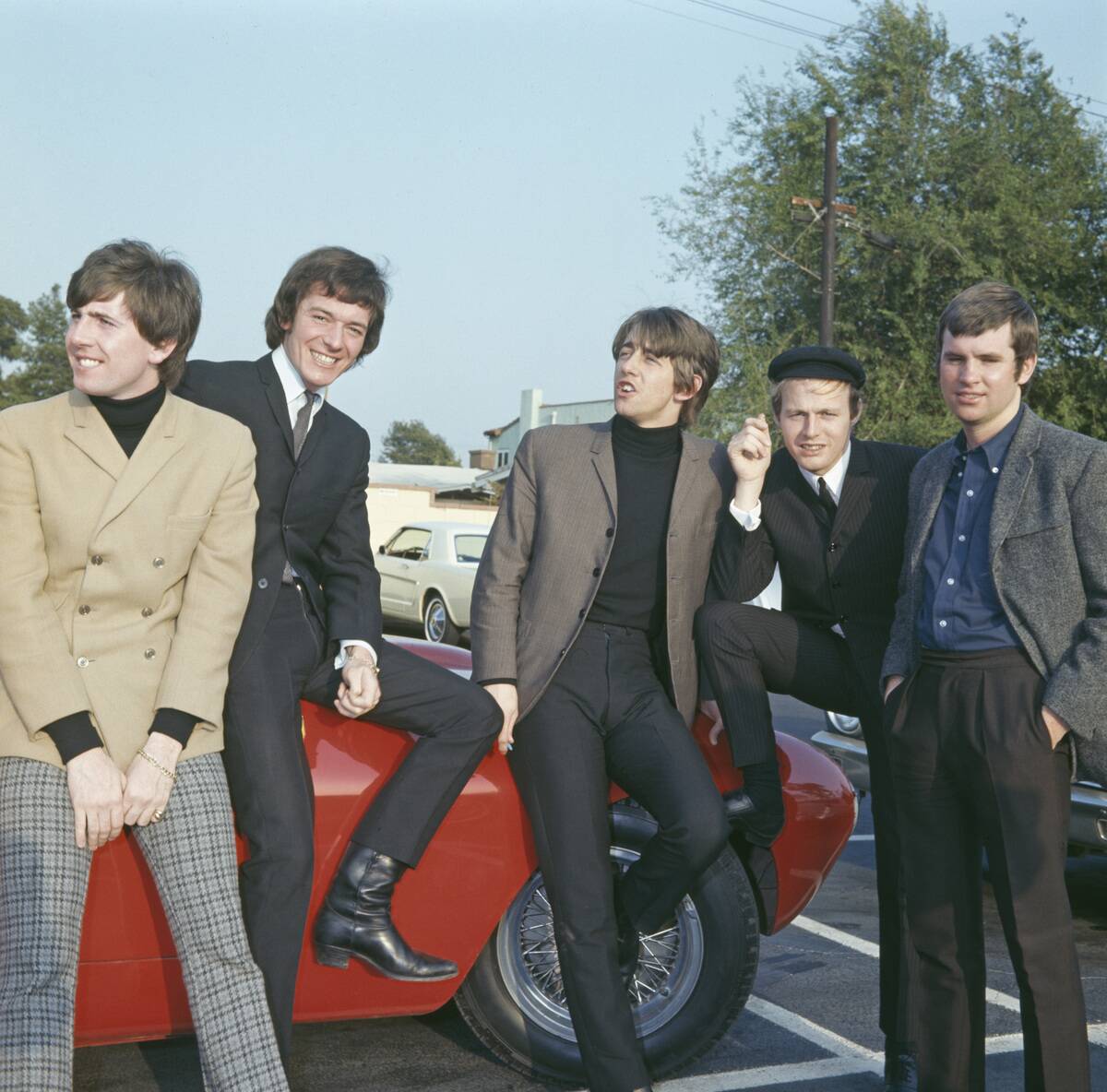
Numerous artists, including Neil Diamond and Kelly Gordon, have recorded versions of “He Ain’t Heavy, He’s My Brother,” but the best-known version – and biggest success – was recorded by the Hollies and released in March of 1969.
The poignant song, inspired by a saying from the 1884 book The Parables of Jesus, extolled the virtues of helping loved ones in need.
Tommy James and the Shondells – “Crystal Blue Persuasion”
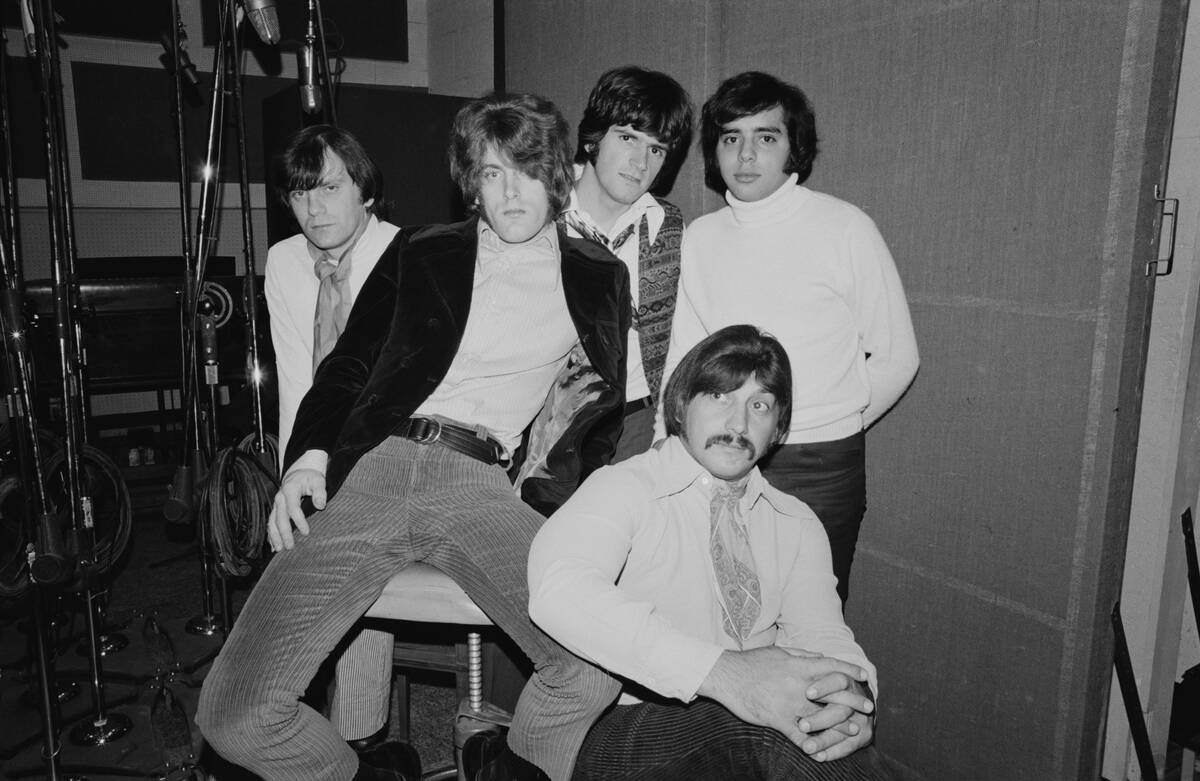
Although “Crimson and Clover” would prove a bigger and more enduring hit for Tommy James and the Shondells, the ambitiously composed and hippie-adjacent song “Crystal Blue Persuasion” remains a favorite among fans and was also a massive hit at the time.
Its meaning its mysterious and its inspiration could be anything from the Bible to the influence of narcotics. Nonetheless, “Crystal Blue Persuasion” resonated with the public, reaching number two on the Billboard Hot 100 for three consecutive weeks and number one in Canada.
The Cowsills – “Hair”

As it turns out, The 5th Dimension weren’t the only band to score a top-ten hit from the enduring popularity of the 1967 musical Hair in 1969, as the friendly pop band The Cowsills were able to pull a similar trick with the musical’s rocking title track.
Apparently, the song was supposed to have an ironic appeal, as the clean-cut group of six siblings did not match the musical’s rebellious spirit and hadn’t even heard the song before they were asked to record it. Nonetheless, the song reached number two on the Billboard Hot 100 and made enough of an impact to be one of the biggest songs of 1969.
Jackie DeShannon – “Put a Little Love in Your Heart”
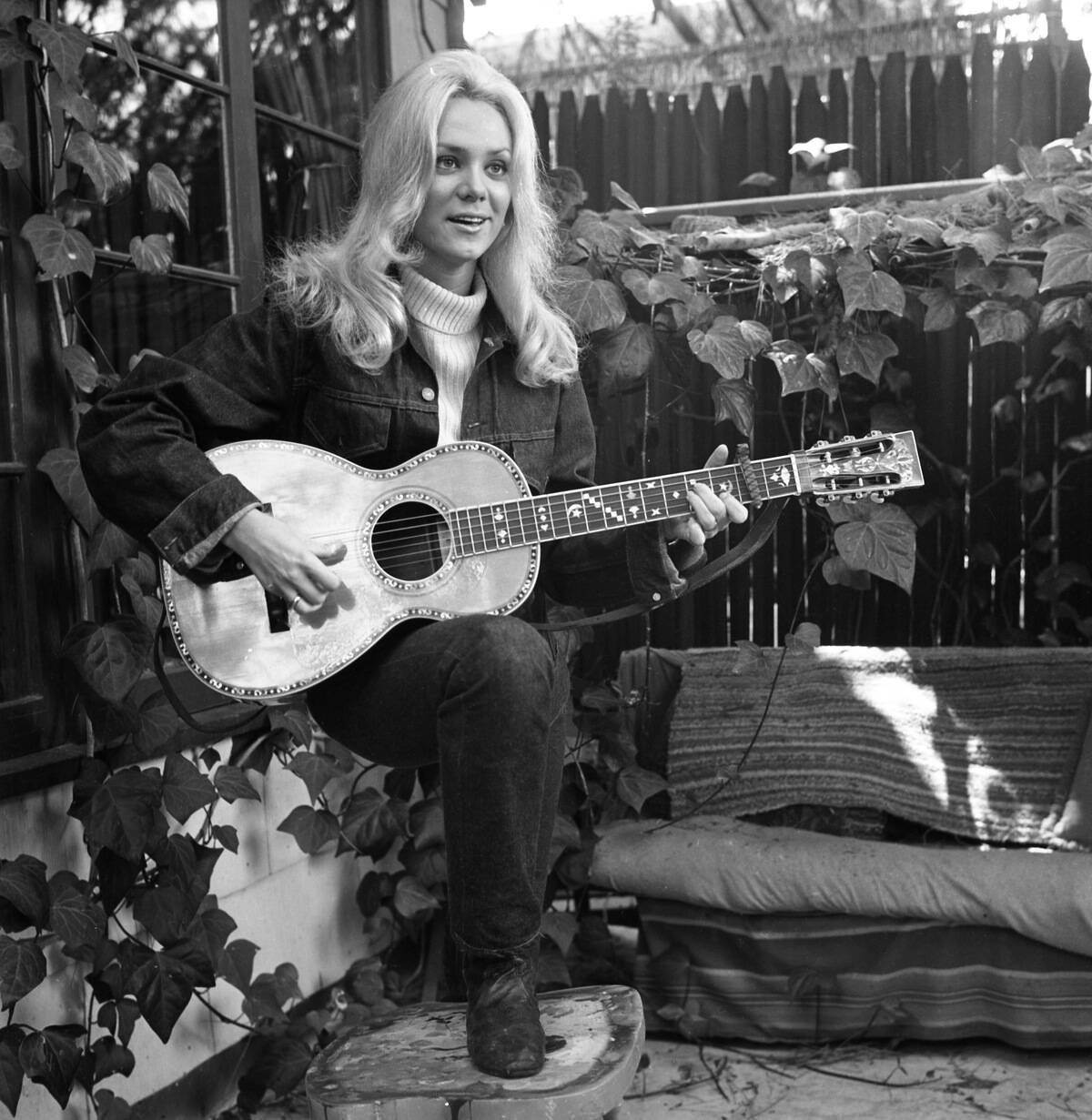
American singer-songwriter Jackie DeShannon co-wrote and recorded “Put a Little Love in Your Heart,” which got near the top of the charts in late 1969.
The song would go on to be regarded as one of DeShannon’s signature pieces, and a 1988 cover by Annie Lennox and Al Green achieved further chart success.
Marvin Gaye – “Too Busy Thinking About My Baby”
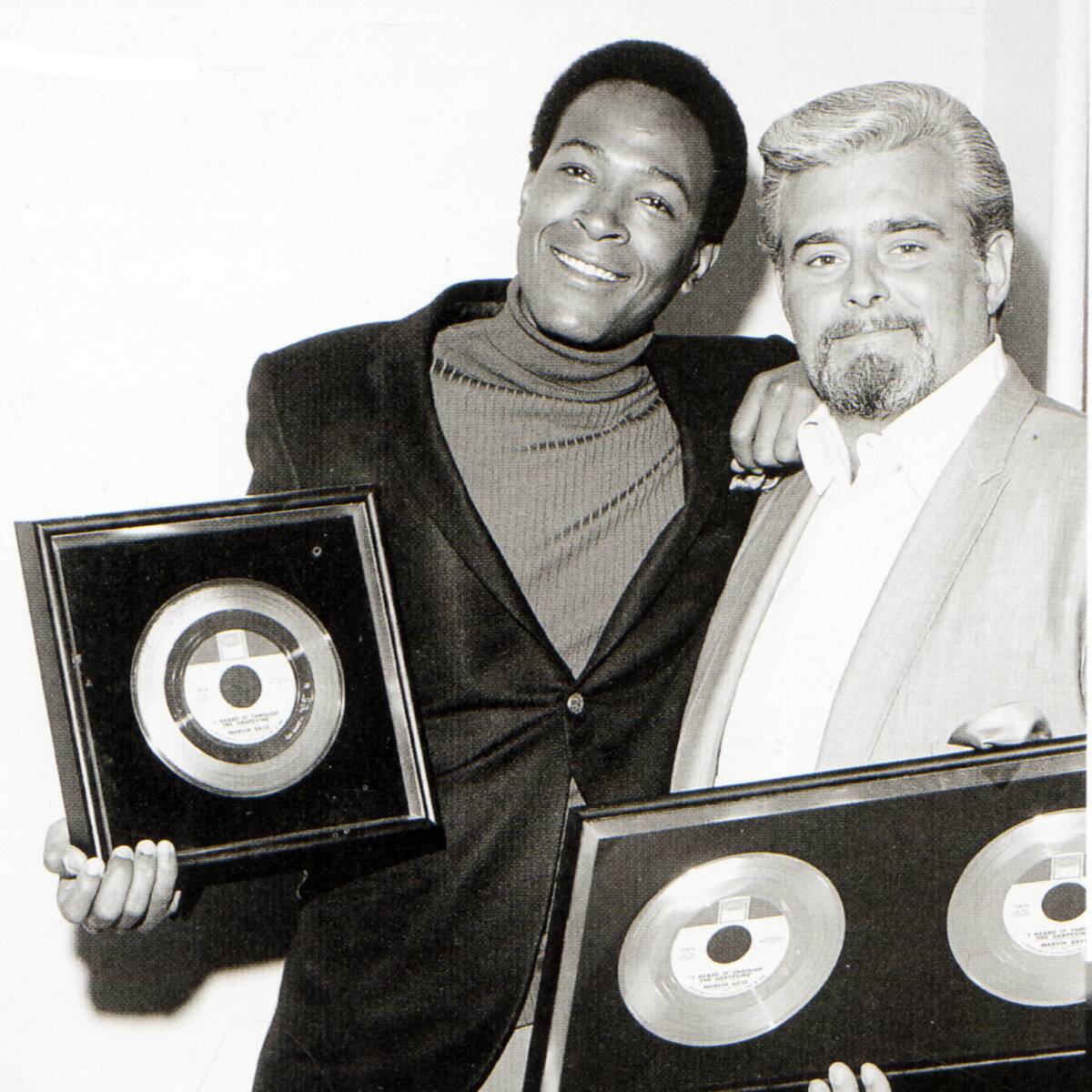
Although Gaye is now primarily known for the work he recorded in the ’70s, such as all-time classics like “Let’s Get It On” and “What’s Going On,” his biggest hit in terms of chart success was his 1968 version of “I Heard It Through The Grapevine,” which stayed at number one for seven weeks.
It wouldn’t be his last song to hit number one, but it was his only song to do so for so long. By comparison, “Too Busy Thinking About My Baby” peaked at number four on the Billboard Hot 100 and still managed to be one of the biggest songs of 1969.
Henry Mancini – “Love Theme from Romeo and Juliet”
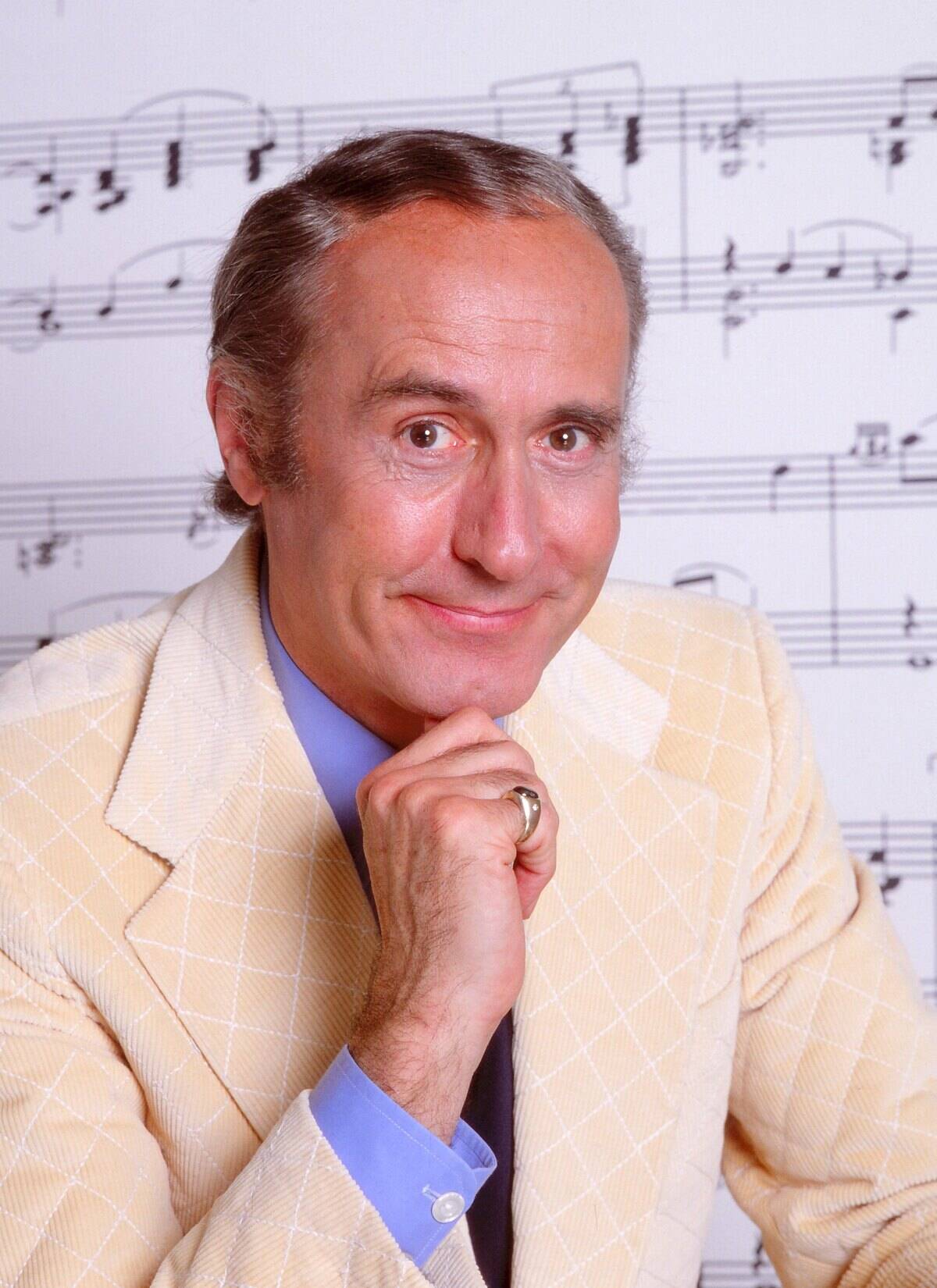
Henry Mancini was a composer and band leader with some impressive longevity but he was perhaps best known for his film scores. Indeed, one of his most enduring and beloved creations is the jazzy theme from The Pink Panther. By 1969, however, a different movie that would turn out just as widely seen would give him one of the year’s biggest hits.
For generations, English teachers who want a version of Romeo and Juliet without Leonardo DiCaprio in it tend to turn to the Franco Zeffirelli film version from 1968. Mancini’s love theme for the star-crossed couple managed to unseat The Beatles’ “Bet Back” from its throne and claim the number one spot of the Billboard Hot 100 for two weeks in 1969.

